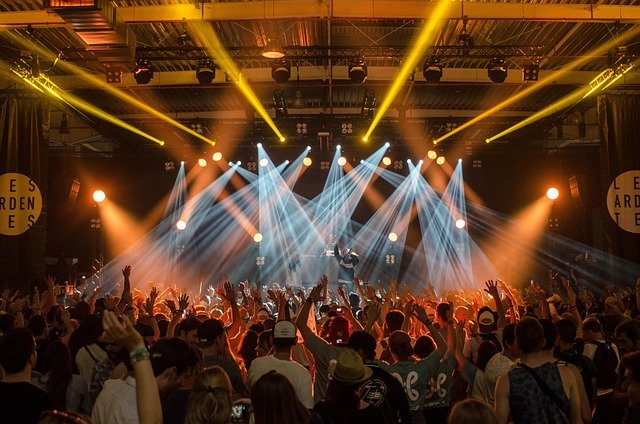Integrating immersive technology into live performances and exhibits
Immersive technology is reshaping how audiences experience live performances and exhibits, from virtual galleries to multimedia theatre productions. This article examines practical approaches to integrating technologies such as VR, AR, and interactive projection into exhibitions and performances, while addressing curation, audience discovery, copyright and licensing, monetization, and collaboration strategies.

Integrating immersive technology into live performances and exhibits
Immersive technology is being adopted across galleries, theatres, festivals, and cinemas to deepen audience engagement and extend discovery beyond physical attendance. When thoughtfully integrated, virtual environments, projection mapping, and interactive multimedia can complement traditional curation and touring practices, create new revenue streams, and support collaborative programming across institutions. Successful projects balance technical ambition with accessibility, copyright clarity, and clear goals for audience experience.
How can virtual exhibitions and multimedia enhance audience discovery?
Virtual exhibitions and multimedia installations expand discovery by allowing remote and local audiences to explore content on their own terms. High-resolution 3D scans, 360° video, and web-based walkthroughs enable galleries and museums to present layered contextual material—audio guides, curator notes, and archival footage—alongside objects. For many venues, discovery algorithms and search engine optimization for virtual offerings help new visitors find exhibitions through social platforms and cultural directories. This digital layer should be curated to preserve narrative intent while offering alternative entry points for varied audiences.
What streaming and touring options suit performances and festivals?
Streaming and hybrid models give performing organizations greater flexibility when touring is constrained. Live-streamed performances can replicate some elements of theatre or concerts through multi-camera direction, spatial audio, and audience interaction tools such as live Q&A or synchronized chat. For festivals, curated digital programmes can run in parallel with in-person events to reach international audiences and to archive performances for future viewing. Decisions about exclusivity windows, geoblocking, and platform choice should reflect goals for reach, accessibility, and revenue.
How do copyright, licensing, and monetization intersect with immersive work?
Immersive projects often involve multiple rights layers—performance rights, visual art copyrights, music licensing, and software terms. Clear licensing agreements are essential when digitizing works for virtual exhibitions or when incorporating recorded or sampled material into multimedia performances. Monetization strategies include ticketed streaming, tiered access, subscriptions, sponsorships, and micro-payments for premium virtual content. Each approach requires transparent terms for contributors and a considered split of revenue that respects creators’ rights and ongoing licensing obligations.
How should curation adapt for cinema, theatre, and galleries using immersive tech?
Curation for immersive formats foregrounds user experience design alongside traditional interpretive goals. In cinema or theatre, this can mean rethinking pacing, sightlines, and the role of audience agency; in galleries it means integrating interactive stations and directional flows that coexist with object-based displays. Collaborative curation—bringing together curators, technologists, accessibility experts, and data analysts—helps ensure content is meaningful and navigable. Documentation and metadata practices also support discovery and future touring by making digital assets reusable.
How can collaboration and data inform touring, revenue, and community engagement?
Collaboration between institutions, independent creators, and technology providers enables resource sharing for touring immersive projects and for co-produced virtual programmes. Data collected from streaming platforms, virtual exhibition visits, and in-venue sensors can inform programming choices, marketing segmentation, and pricing models while respecting privacy regulations. Analysis of engagement metrics—time spent, interaction points, and geographic spread—can guide decisions about touring schedules, local partnerships, and targeted outreach to increase both cultural impact and revenue potential.
Conclusion
Integrating immersive technology into live performances and exhibits involves technical, legal, and curatorial considerations that affect audience experience, discovery, and revenue models. Thoughtful planning—grounded in clear licensing, inclusive design, and strategic collaboration—helps organizations balance innovation with practical constraints. As tools and platform options evolve, maintaining transparent agreements and robust metadata will support sustainable touring, fair monetization, and expanded audience access.





